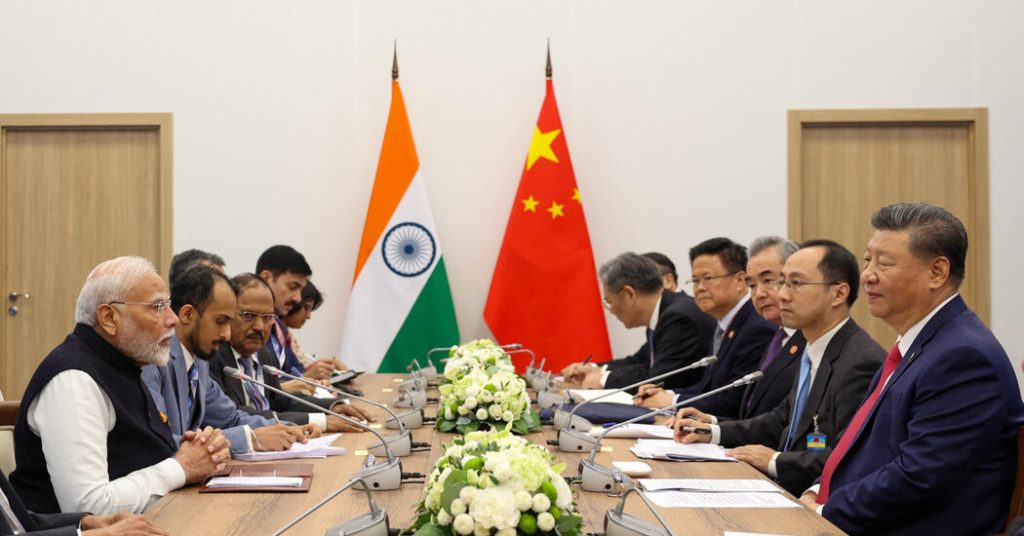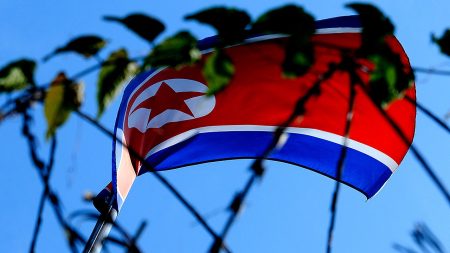The recent agreement between India and China to resume direct flights marks a significant step towards thawing the icy relations between the two Asian giants. This decision, announced after a visit by India’s Foreign Secretary Vikram Misri to Beijing, comes after nearly five years of suspended flights and signifies a broader rapprochement that includes agreements on improving journalistic access and facilitating pilgrimages to Kailash Mansarovar, a revered Hindu shrine in Tibet. These developments signal a conscious effort by both nations to move beyond the deep mistrust and animosity that has characterized their relationship in recent years, particularly following the deadly 2020 border clash.
The 2020 border incursion by Chinese troops into disputed territory in the Himalayas precipitated the worst downturn in India-China relations in decades. The ensuing skirmishes resulted in casualties on both sides, escalating tensions and fueling mutual suspicion. The incident froze bilateral cooperation across various sectors, including trade and cultural exchanges, and cast a long shadow over the already complex dynamic between the two nuclear-armed neighbors. The resumption of direct flights, therefore, represents a tangible step towards rebuilding trust and restoring normalcy in a relationship that holds significant implications for regional stability and global geopolitics.
The recent thaw in relations can be attributed to a series of high-level engagements and sustained diplomatic efforts. A pivotal moment was the meeting between Indian Prime Minister Narendra Modi and Chinese President Xi Jinping on the sidelines of a summit in Russia in October 2022. This meeting, the first substantial interaction between the two leaders in five years, provided a crucial platform for open communication and paved the way for further dialogue. It was facilitated by over two dozen rounds of negotiations between military commanders and diplomats, focused primarily on disengaging troops along the contested Himalayan border. These talks, while arduous and complex, laid the groundwork for the current de-escalation and the resumption of people-to-people exchanges.
Vikram Misri’s visit to Beijing served as a critical follow-up to these high-level engagements, aimed at solidifying the progress made and outlining concrete steps towards stabilizing and rebuilding ties. The agreements reached during his visit, including the resumption of flights, reflect a mutual desire to move beyond the impasse of the past few years and foster a more constructive relationship. The emphasis on “people-centric” measures underscores the recognition that fostering greater understanding and interaction between the citizens of both countries is crucial for building lasting trust and overcoming deep-seated suspicion. The resumption of flights will not only facilitate business and tourism but also contribute to re-establishing cultural links and fostering people-to-people connections.
The statements issued by both sides following Mr. Misri’s visit reflect a shared commitment to improving relations. China’s Foreign Minister Wang Yi’s call to “seize the opportunity, meet each other halfway” and end the cycle of “mutual suspicion, mutual alienation and mutual attrition” highlights the recognition that continued hostility serves neither country’s interests. This sentiment echoes India’s stated desire to stabilize and rebuild ties, suggesting a convergence of interests in de-escalating tensions and pursuing a more cooperative path. Both countries appear to recognize the importance of managing their differences and finding common ground, especially in a rapidly evolving geopolitical landscape.
While the resumption of flights and the agreements on journalistic access and pilgrimages represent positive steps, significant challenges remain. The underlying border dispute remains unresolved, and the deep mistrust that has accumulated over the years will take time and sustained effort to dissipate. The future trajectory of India-China relations will hinge on both sides’ continued commitment to dialogue, de-escalation, and finding mutually acceptable solutions to their differences. The current rapprochement, though promising, represents a fragile beginning, and sustained diplomatic engagement will be essential to navigate the complex and often fraught relationship between these two Asian powers. The resumption of flights, while symbolic, provides a practical platform for increased interaction and a potential pathway towards a more stable and cooperative future.











